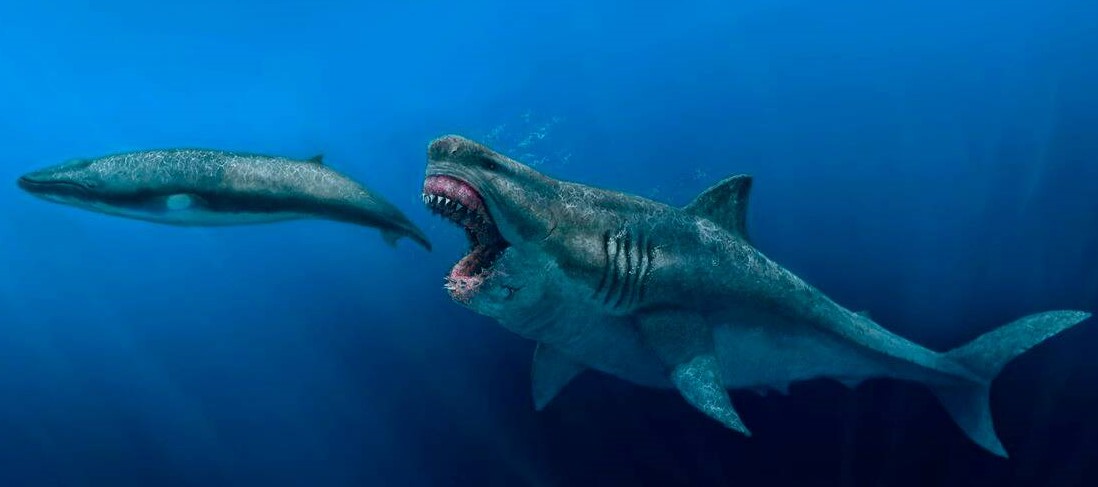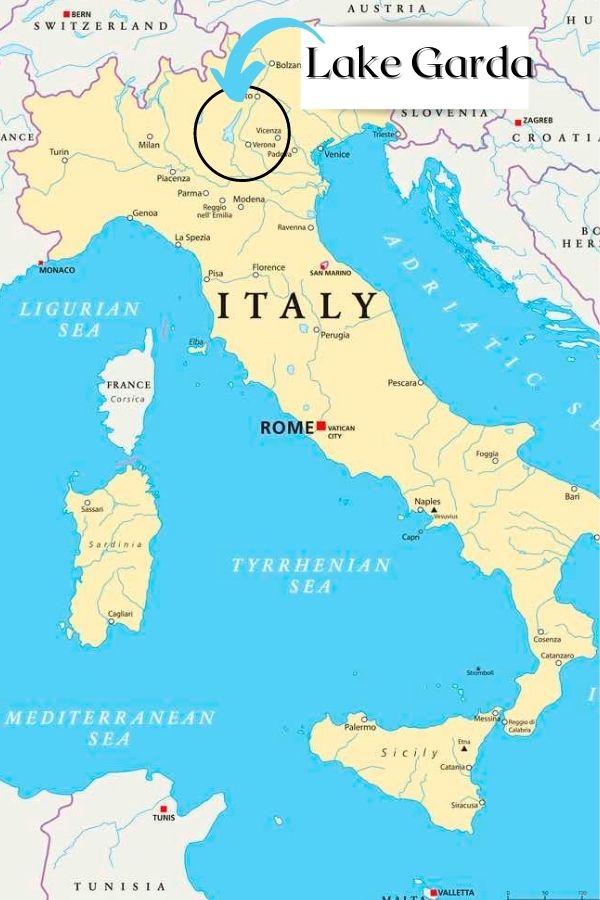A UN report on contemporary forms of slavery affecting persons belonging to ethnic, religious and linguistic minority communities was published recently.
Highlights of the report
Reasons
The year 2022 marks the 30th anniversary of the Declaration on the Rights of Persons Belonging to National or Ethnic, Religious and Linguistic Minorities.
Reference
Point-spread function (PSF)
Reference
A recent study by researchers used fossil evidence to create a 3D model of the Megalodon — one of the biggest predatory fish of all time.

Reference
Lake Garda
Water levels on Italy's Lake Garda at 15-year low.
Geography of Lake Garda

Reference
Union Minister for Environment, Forest and Climate Change Bhupender Yadav, announced the notification of Agasthiyamalai Elephant Reserve in Tamil Nadu.
Indian Elephant
Project Elephant
World Elephant Day
Reference